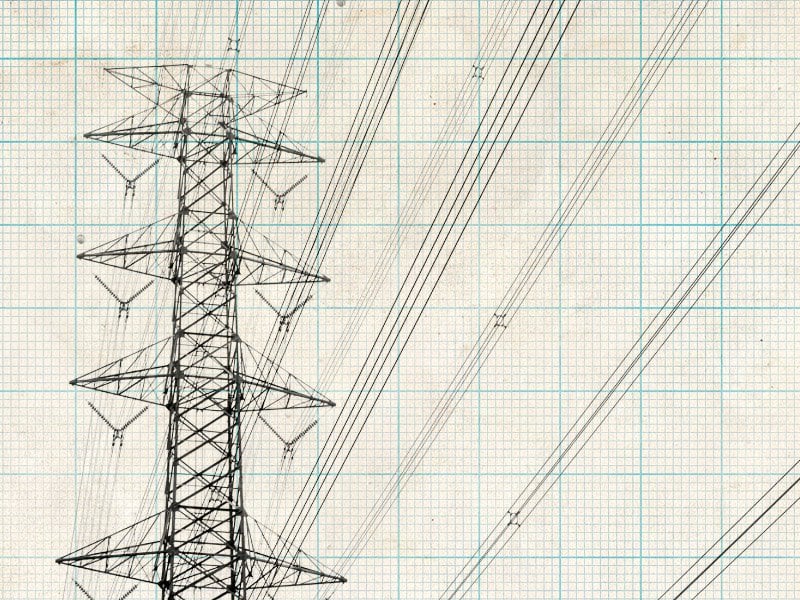
The government has issued a notification, announcing an increase of 98 paisa per unit in power tariff, the collection of which will go to the newly created Universal Obligation Fund in order to clear the liabilities of power companies.
It has also decided to issue policy directives again to the power regulator that will allow recovery of the cost of electricity theft and interest on bank loans from the honest consumers, who are regularly paying their bills.
Last year, the National Electric Power Regulatory Authority (Nepra) had been issued policy guidelines for a review of the average transmission and distribution loss target of 12.82% to 15.75% on the pattern of tariff for financial year 2012-13, but the regulator refused to implement it, arguing that it was not in line with the Nepra Act.
According to sources, the Economic Coordination Committee (ECC) of the cabinet approved these two policy measures in a meeting held on January 10 in an attempt to clear bad debts and recover the cost of power theft.
Meeting participants pointed out that the government had notified debt service surcharge of 30 paisa per unit on October 1, 2014.
“In addition to this, tariff increases of 38 paisa per unit and 60 paisa per unit have been notified under the title “Universal Obligation Fund” to discharge the liabilities of power producers,” a representative of the Ministry of Water and Power told the ECC.
The economic managers were also informed that the financial health of power companies depended on the transfer of full cost of generation and supply to the consumers through tariff and its recovery.
However, the circular debt had continued to emerge as the entire cost of power generation could not be passed on to the consumers and recoveries stood lower.
The impact of mark-up, which also could not be shifted to the consumers, and less recovery of bills by the power distribution companies prompted borrowing from banks for making payments to the electricity producers to ensure continuous power generation.
The Ministry of Water and Power argued that the mark-up on loans and the cost of delayed payments needed to be transferred to and recovered from the end-consumers, which was not determined or transferred through tariff.
“For ensuring uniformity, the mark-up cost and any other costs associated with the generation, transmission and distribution need to be recognised and allowed in the tariff of distribution companies,” it said.
On the issue of transmission and distribution losses, the ministry told the ECC that Nepra was in the process of finalising the tariff for the current financial year 2014-15.
“If the decision of the authority (Nepra) again did not consider the losses suffered by each of the distribution companies, it would lead to a further build-up of circular debt,” the ministry said, adding the distribution companies would not be able to meet the target set by Nepra at 12.82% against actual losses of 18.76%.
Power companies would subsequently bear a loss of Rs45 billion, which would increase the circular debt, the ministry pointed out.
Published in The Express Tribune, January 16th, 2015.
Like Business on Facebook, follow @TribuneBiz on Twitter to stay informed and join in the conversation.
COMMENTS (7)
Comments are moderated and generally will be posted if they are on-topic and not abusive.
For more information, please see our Comments FAQ



1724152318-0/beyonce-(1)1724152318-0-165x106.webp)
1728213758-0/Tribune-Pic-(2)1728213758-0-165x106.webp)












Utilities have become good source of earning for our government.
Why not fix the problems internally in WAPDA and Power Companies? Why don't they fix their internal deficits and move to more efficient solution. Why is it that the public has to suffer buy paying higher traffics
"that will allow recovery of the cost of electricity theft and interest on bank loans from the honest consumers, who are regularly paying their bills."
Do the darbaris have something to say on this?
the honest consumers = 85 % recovery ..
so only 15 % are ruining our country out which of 5 % are poor and 10 % are very rich and are in the parliment ?
Where is the Opposition to chlalenge this badmashi ?
Why relatives and cronies are being paid at consumers' expense?
Before requesting a tariff increase PM should have guts to review performance of respective ministers' who been nothing but paper tigers. It is about time those ministers should be replaced with someone who knows how to deliver.
Why not to try these thieves in Military courts, why should the honest paying customers take the heat for these criminals who continue nonstop theft.